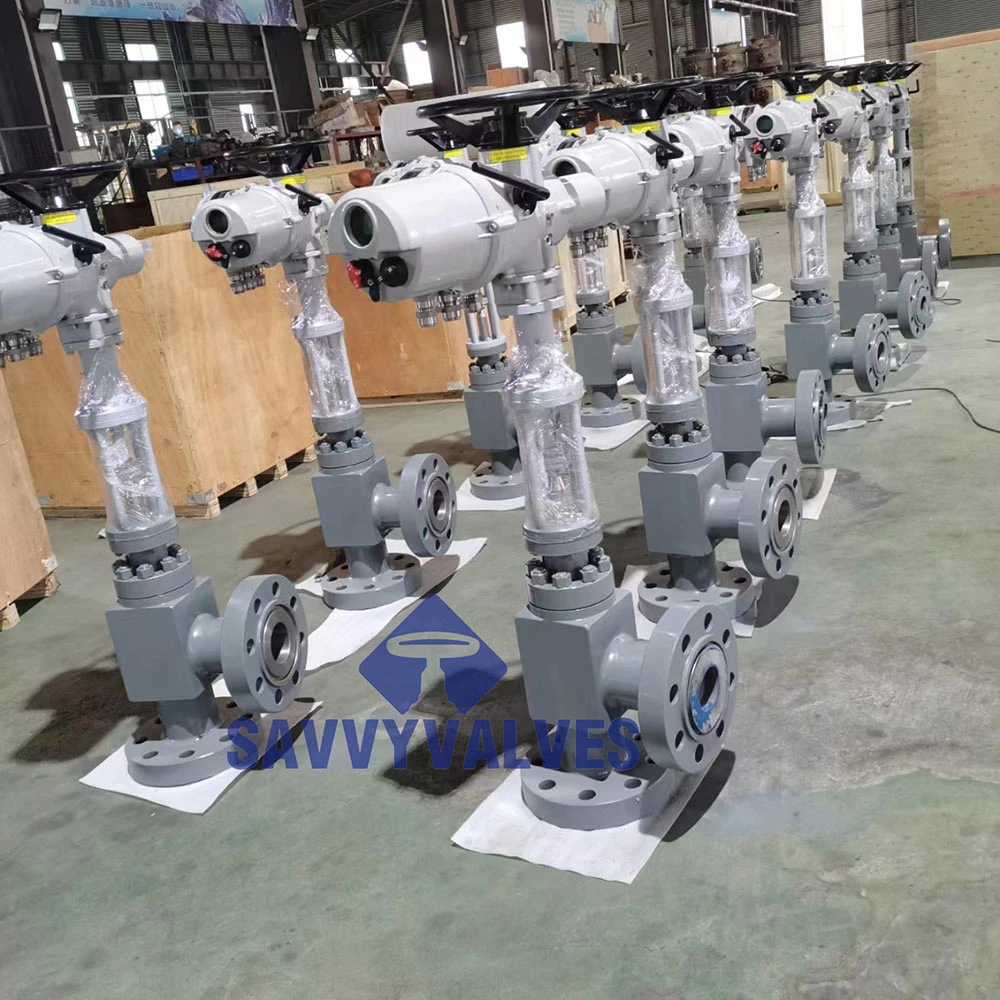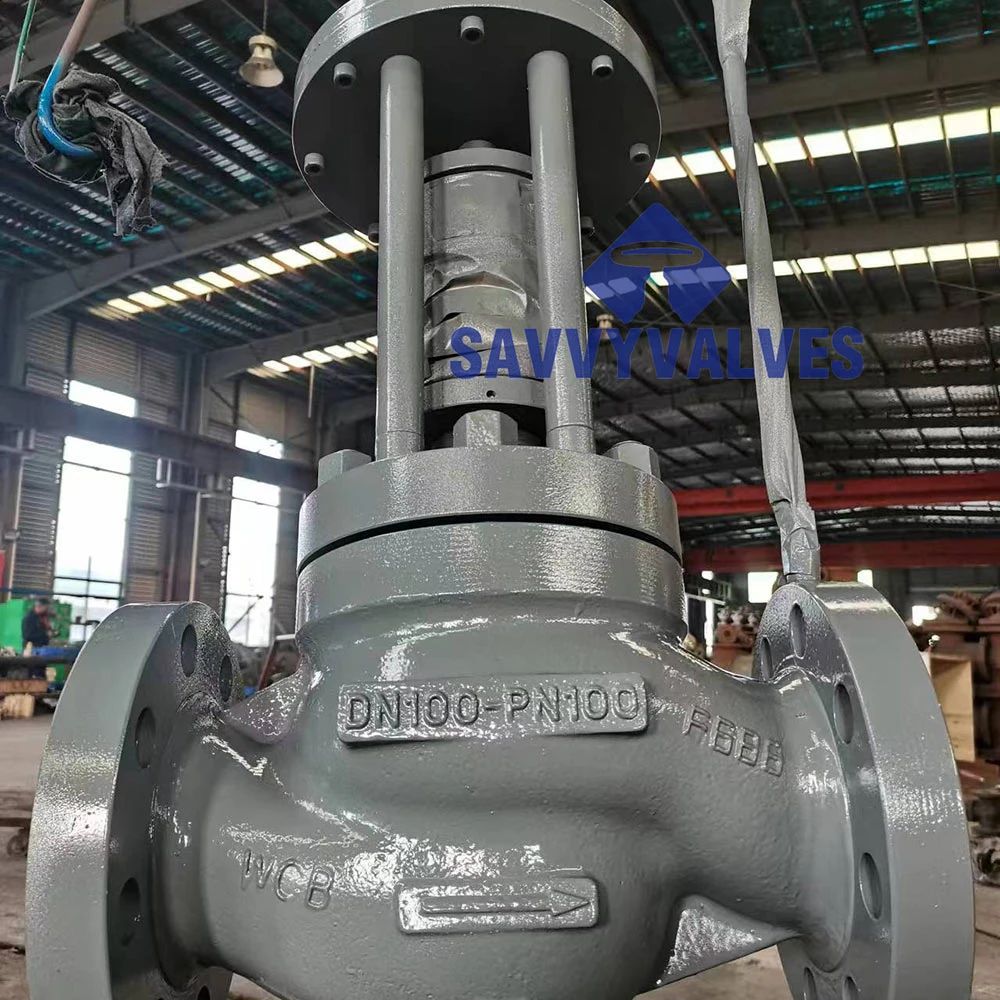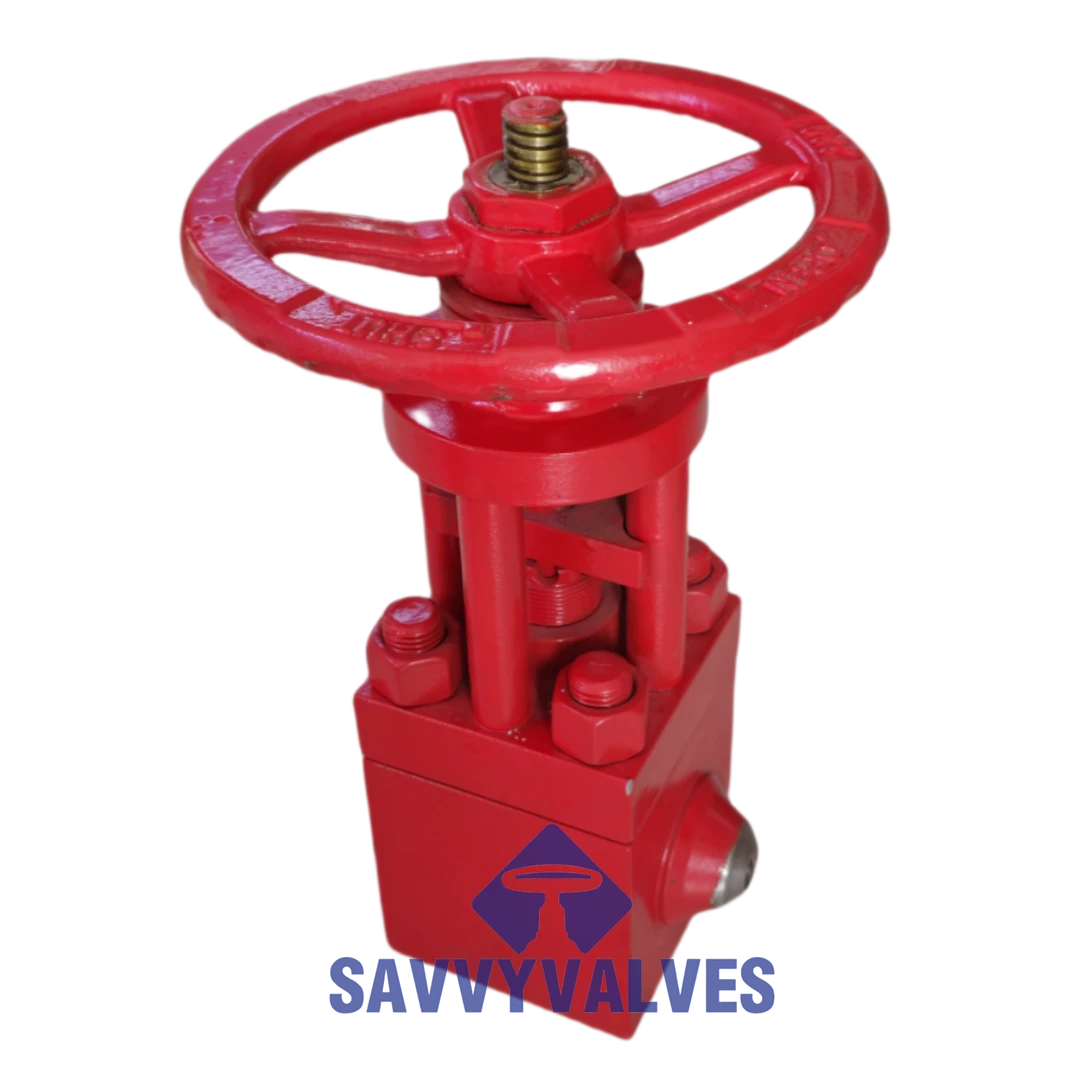Katup Tersedak
-
Ukuran: 2" (2 inci)
Peringkat Tekanan: 10.000 PSI (Sesuai dengan API 6A)
Operator: Aktuator Bermotor
Ujung Sambungan: RTJ Flange (API 6BX)
Konfigurasi: Pola sudut, trim sangkar seimbang
Permukaan akhir: Sandblasted dan dilapisi epoxy
Kisaran Suhu: -29°C hingga 425°C
-
Singkat: Ukuran: 1″ Nilai: 10000PSI, 10K Bahan: Badan dan kap ASTM A182 A105 Cakram ASTM A182 F105+TCC Batang ASTM A182 F6A Pelapis TCC, jok badan Operator: roda tangan Ujung: API 6A, API 6D.
-
FOTO MENUNJUKKAN SPESIFIKASI SEPERTI DI BAWAH INI
UKURAN: 3″
PENILAIAN: 10000PSIG
BODI DAN KAP MESIN : TC YG6
Colokan: TC YG20
BATANG: INCONEL 625
KANDANG: INCONEL 625
KURSI: YG 6
AKTUASI: AKTUATOR LISTRIK
-
FOTO MENUNJUKKAN SPESIFIKASI SEPERTI DI BAWAH INI
UKURAN:DN100
PERINGKAT: PN100
BODI DAN KAP MESIN : A216 WCB
colokan: 410SS
BATANG: 316SS
KANDANG: 410SS
KURSI: 410SS
AKTUASI: AKTUATOR PNEUMATIK
-
Singkat:
Ukuran: 1/2″
Peringkat: 4500LB
Bahan:
Bodi dan kap ASTM A105
ASTM A105 +stellite 6 Cakram
Batang ASTM A182 F6A
Jok bodi berlapis Stellite 6
Operator: roda tangan
Ujung: BW sesuai ANSI B16.25
A choke valve is a type of control valve specifically designed to regulate the flow and pressure of fluids—especially in high-pressure systems such as oil and gas production. It works by varying the size of the flow passage through a movable component, often a plug or needle, which reduces or increases flow rate accordingly. Unlike standard valves that primarily open or close flow, choke valves are meant for precise throttling, allowing operators to control production rates and manage pressure drops in wellheads and pipelines. They are built to withstand harsh environments, including corrosive and erosive fluids, thanks to durable materials like tungsten carbide or Inconel. Choke valves can be fixed or adjustable: fixed choke valves use a static orifice size, while adjustable versions allow dynamic control via manual or automated actuation. In many systems, they serve as the first line of control, reducing pressure from reservoir levels to downstream equipment tolerances. Their reliability and accuracy make them essential in high-pressure oilfield operations, ensuring safe, stable, and efficient fluid handling over long periods.





